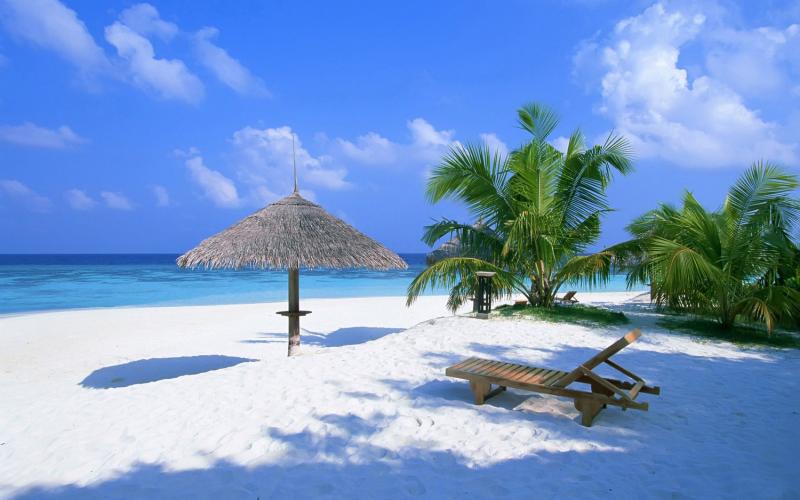
Bahamas – The Foreign Influence
By Simon Cross
One thing you need to know about the cuisine of the Islands of The Bahamas – it is never, ever bland. Flavourful (which generally but not always means spicy), rich and oftentimes seafood-based, Bahamian cuisine is a fusion of several different ethnic traditions; most notably African, British and American. When it is spicy, its distinctive spicy flavour is achieved by using a mixture of thyme, tomato paste, bay leaf, goat pepper, bell peppers and lime.
Because the palate is powerful, you will discover that many dishes which feature as a main course elsewhere in the world will generally appear as one of a number of side pots created to accompany the main course. A notable example is the Bahamian peas ‘n’ rice which is a considerably darker dish than other Caribbean nations. It is frequently fuelled by the inclusion of bacon and pork which is then cooked up in one pot, adding a new dimension to the dish. Another recognisable favourite is Macaroni & Cheese which also includes additional ingredients as peppers, onions and celery can often be found.
The indigenous population traditionally ate a diet consisting mostly seafood, sweet potatoes and tropical fruits, but over time the culinary options have greatly expanded as the population of The Bahamas grew.
Puritan British settlers arrived in the Bahamas in the 1640s, seeking religious freedom. However, it was not until the Islands’ became a British Colony in the 1700s did the British impact the culture and diet. The colonists introduced classic British foodstuffs such as meat pies, breads, hot cross buns and roast dinners which quickly gained popularity; today, it is possible to find old fashioned British dishes such as Shepherd’s Pie and Fish and Chips in Bahamian restaurants. Even the local dish of Guava Duff is made by steaming the fruit; a method the British use to make puddings.
After the American Revolutionary War, many British loyalists fled from the colonies, choosing to start anew as plantation owners in the Bahamas. Many of them transported their African slaves with them, who brought their own methods of cooking to the islands, as well as flavourings such as nutmeg, ginger and chilli peppers.
The popular Bahamian dish of peas ’n’ rice can be traced back to the African slaves; the pigeon pea commonly used in this dish is native to Africa, and once in the Bahamas, the pigeon pea was readily cultivated and became a staple ingredient. Okra Soup and Johnny Cake – a cross between a sweet bread and dense cake – can also be traced back to African origins.
The food in the Bahamas is spicier and richer than food you will find else where in the Caribbean; owing to the influence from USA. In the early 1800s, hundreds of slaves and creoles escaped from the southern coast in States such as Florida, finding freedom in The Bahamas. One main dish they brought with them is grits – a cornmeal porridge that is typically served with fish and eaten as a breakfast meal across the Islands’.
The Bahamas are famed for their seafood and amazing flavours and textures, but this has not stopped tourists demanding more and more ‘American’ food stock, especially fast food outlets. However, it is still possible to find authentic, rustic Bahamian cuisine so make sure you sample the local cooking for a taste you’ll never forget.
Share this article:




















